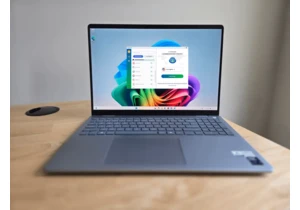Support for Windows 10 is set to end in October 2025, but that doesn’t have to be the final curtain. With the extended security updates, you’ll continue to receive support for up to 10 systems for one year at no cost. It’s worth signing up if you plan to keep using Windows 10.
What is a Windows 10 ISO and why do I need it?
An ISO file contains all the data, files, folders and structures of a program, and is often used for archiving. It’s essentially the digital equivalent of what you’d get if you bought a software CD, for example, Windows 10.
You can use the ISO file to completely reinstall Windows 10 if problems arise on your current system. If you burn the ISO file to a bootable CD or drive, you can reuse it anytime to start Windows.
It’s a good idea to download the Windows 10 ISO now, as it’s unclear how long it will remain available.
How to download the Windows 10 ISO file
There are two ways to obtain the Windows 10 ISO. Either you go via the Microsoft download page or you use the Media Creation Tool.
Method 1: Download the ISO directly
This method is a bit cumbersome and was explained step by step on the Windows Latest page. Here is the short version in German:
- Open your default browser and go to the settings.
- Open the developer tools (usually found under “More” in Microsoft Edge).
- You will now see a developer window. This must remain open at all times.
- Now open the Microsoft Download Center for Windows 10.
- The “Network Conditions” option will now be displayed in your browser. If not, go to “More tools” and click “Network Conditions.”
- Change the user agent here by removing the tick next to “Use Browser Default.” Then select a different one from the drop-down menu, for example, “Android Mobile.” This will make the download page believe that you are accessing it with a device that does not yet have Windows installed.
- Refresh the download page. You should now see the Windows 10 ISO download page.
- Scroll down and click on “Select Edition” under “Windows 10 2023 Update | Version 22H2.” Next, click “Windows 10 (Multi-Edition ISO).”
- Confirm and wait until the check is complete.
- Select the desired language and then “Confirm.”
- Select the 32-bit or 64-bit version and click on “Save” to start the download.
- In the developer window, switch back to “Use default browser option” and then close it.
Method 2: Use the Media Creation Tool
The second method is somewhat simpler, but requires you to install another program. The Media Creation Tool is offered by Microsoft itself to create ISO files. This is how you proceed:
- Open the Microsoft website to get the Media Creation Tool for Windows 10 via the “Download Now” button.
- Wait until the download is complete and open the exe file.
- Once opened, the tool can either be used to update your existing operating system or to create an ISO file.
- Double-click on the file to open it. Click “Yes.” The Windows 10 setup page is now displayed.
- Accept the terms of use.
- You will then be asked whether you want to update your PC or create installation media. Select the second option.
- Then select the language, edition, and architecture according to your requirements. This option is hidden by default. Uncheck the “Use Recommended Options for this PC” box to select the desired options. Then click “Next.”
- Now select the “ISO file” option in the media selection field or, if you want to create a bootable flash memory, the “USB Flash Drive” option. Click “Next.”
- The download will now start in the Media Creation Tool.
- When the download is complete, you can either burn the file to a DVD or click the “Finish” button to close the Media Creation Tool.
Once you have your ISO file, it’s a good idea to update with the latest patches. You can do this easily by opening the ISO and clicking on “Update this PC.” It’s best to keep the ISO updated until support ends in October, so you’ll have all the important improvements before then.
Ak chcete pridať komentár, prihláste sa
Ostatné príspevky v tejto skupine

We’re now two months from the planned end of support date for Windows
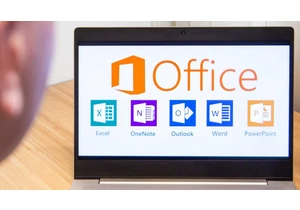
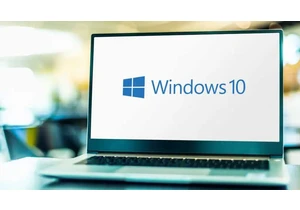
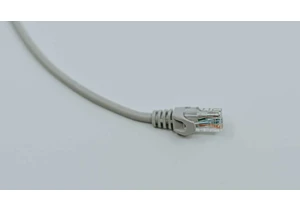
AOL was once the largest provider of internet service for Americans.
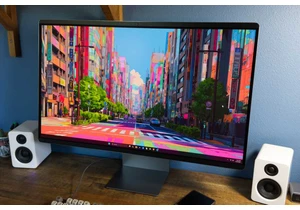

CDs aren’t exactly cutting-edge in 2025. Since the peak years around
